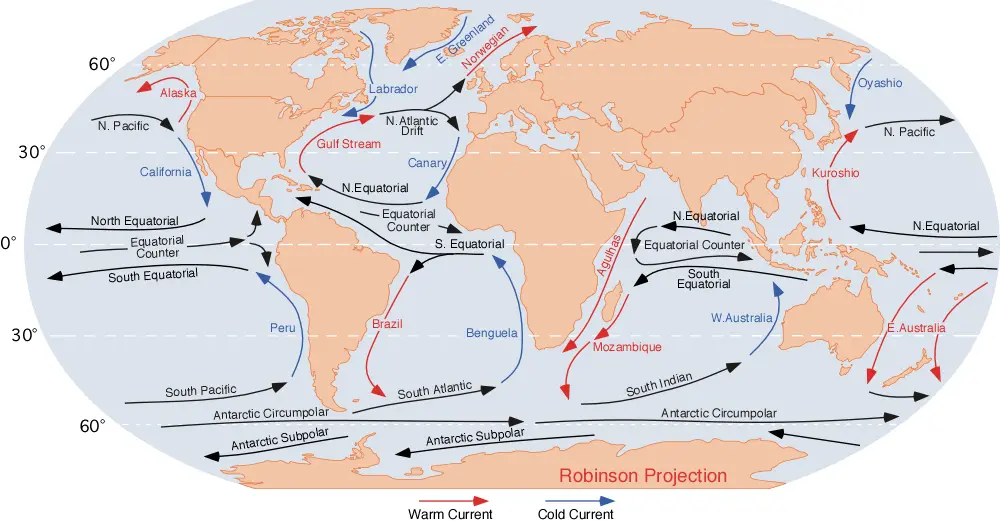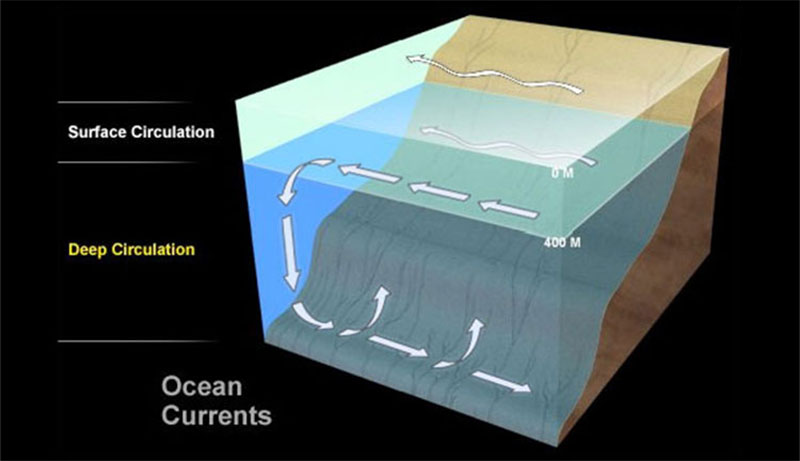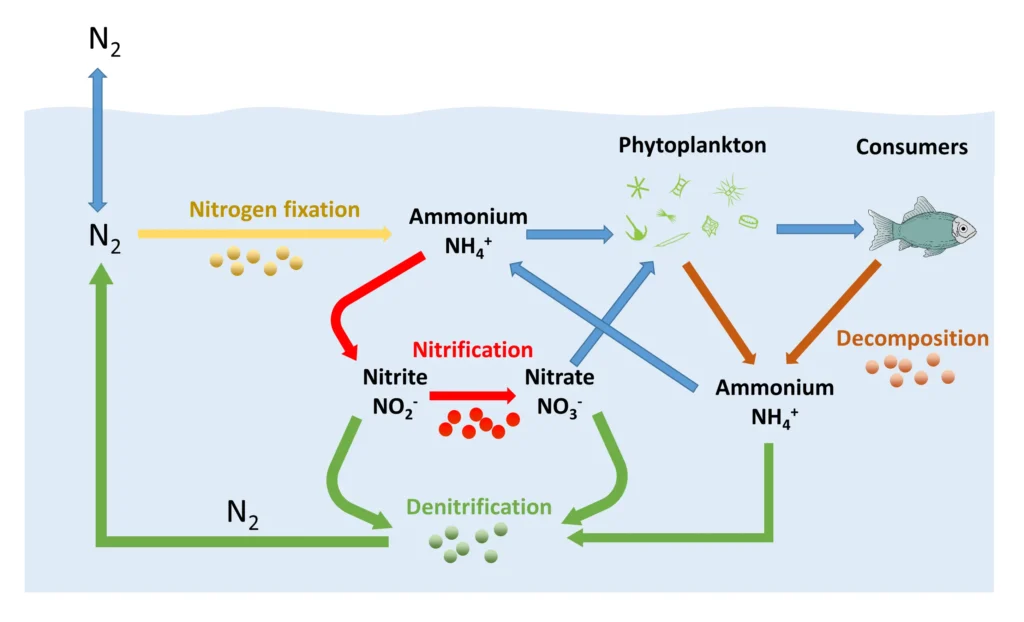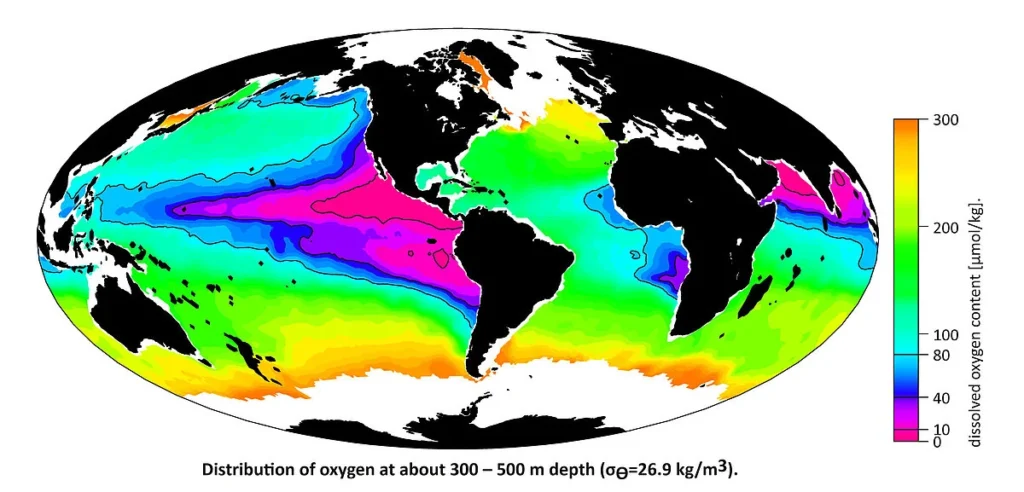Physical Address
304 North Cardinal St.
Dorchester Center, MA 02124

Ocean currents, the continuous and directed movements of seawater, are the lifeblood of Earth’s oceans. These massive flows, powered by wind, salinity gradients, temperature differences, and Earth’s rotation, play an extraordinary role in shaping the planet’s climate and sustaining marine ecosystems. Understanding the profound influence of ocean currents reveals their critical role in maintaining life on Earth and balancing global systems.

Ocean currents operate as a vast and interconnected conveyor belt, driven by two main systems: surface currents and deep-water currents.
Ocean currents are vital for marine ecosystems, influencing everything from nutrient distribution to species migration.

Ocean currents facilitate the upwelling of nutrient-rich water from the depths, especially along coastlines and equatorial regions. These nutrients fuel the growth of phytoplankton, the foundation of the marine food web. For example, the Humboldt Current off South America supports some of the world’s richest fisheries due to its nutrient upwelling.
Currents shape habitats by distributing heat and influencing salinity. Coral reefs, for instance, thrive in warm currents like the East Australian Current, while cold-water kelp forests flourish in cooler regions like those influenced by the California Current.
Marine species often rely on currents to navigate vast oceanic distances. Sea turtles use the Gulf Stream to reach feeding grounds, while plankton and fish larvae depend on currents to disperse across habitats.

Deep currents transport oxygen from the surface to the abyss, supporting life in otherwise inhospitable regions. This process ensures that deep-sea ecosystems, including species like giant tube worms and deep-water sharks, can thrive.
Ocean currents are integral to the regulation of global climate, acting as Earth’s heat engine.
Currents redistribute solar heat absorbed by tropical oceans toward the poles, maintaining a relatively stable climate. For instance, the Gulf Stream carries warm water from the tropics to Europe, giving countries like the UK a milder climate than regions at similar latitudes in North America.
Ocean currents influence weather systems, including monsoons, hurricanes, and typhoons. The Indian Ocean currents, for example, directly impact the monsoon cycle that billions of people rely on for agriculture.
Deep-water currents play a vital role in the global carbon cycle by transporting carbon dioxide absorbed at the surface to the deep ocean, where it can be stored for centuries. This natural mechanism helps regulate atmospheric CO2 levels and mitigate climate change.
Human activities, including climate change, are disrupting ocean currents, with far-reaching consequences.
The delicate balance of ocean currents is under threat, but efforts to understand and protect these systems are increasing. Satellite technology, autonomous underwater vehicles, and climate modeling are providing valuable insights into current dynamics and their future.
Ocean currents are the veins and arteries of our planet, linking the ocean’s depths to its surface and tying together distant ecosystems and climates. Their influence extends beyond marine life, playing a pivotal role in regulating the global climate.
Protecting the integrity of ocean currents is essential for sustaining life as we know it. By recognizing their significance and mitigating human impacts, we can ensure that these powerful forces of nature continue to nurture the planet for generations to come.